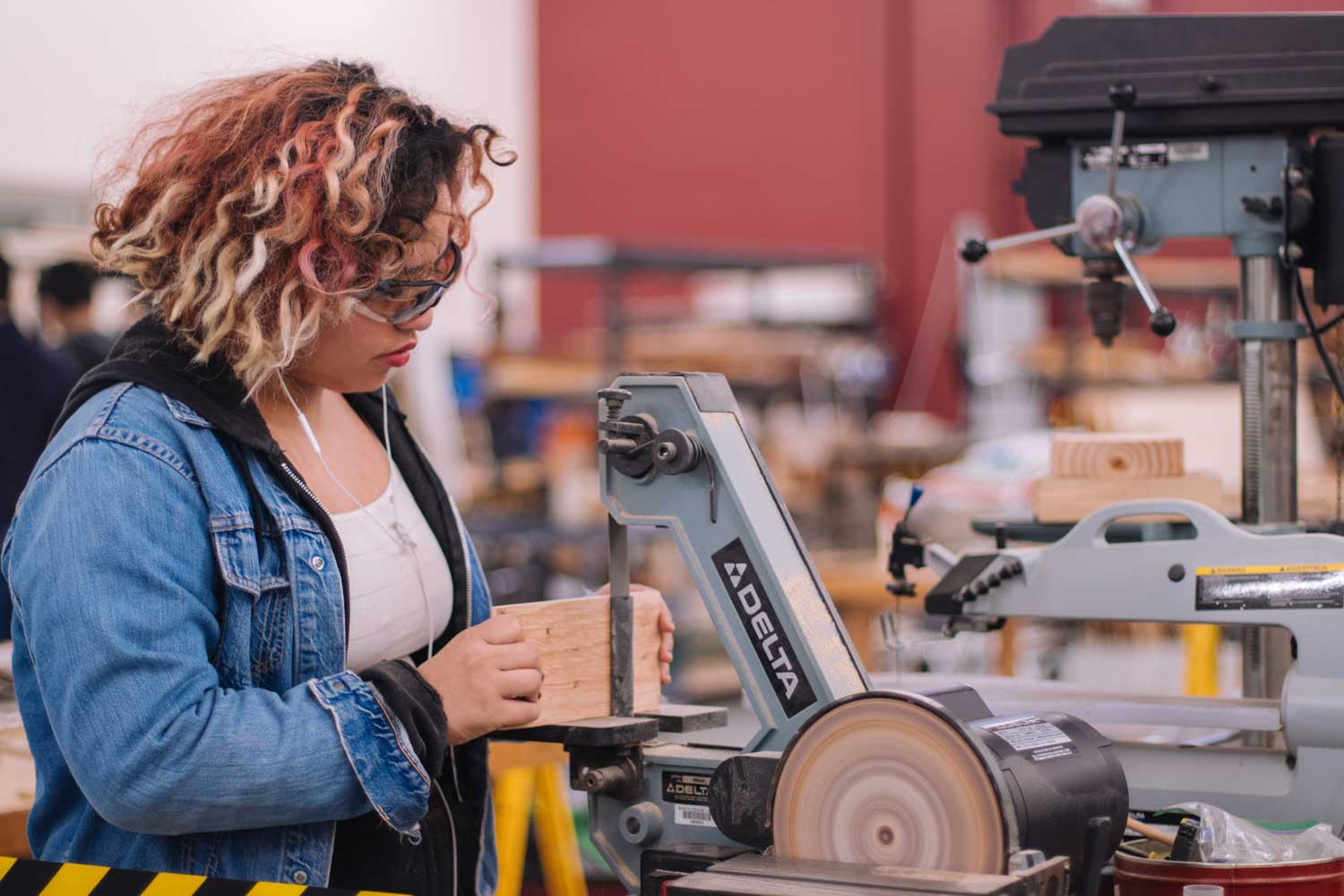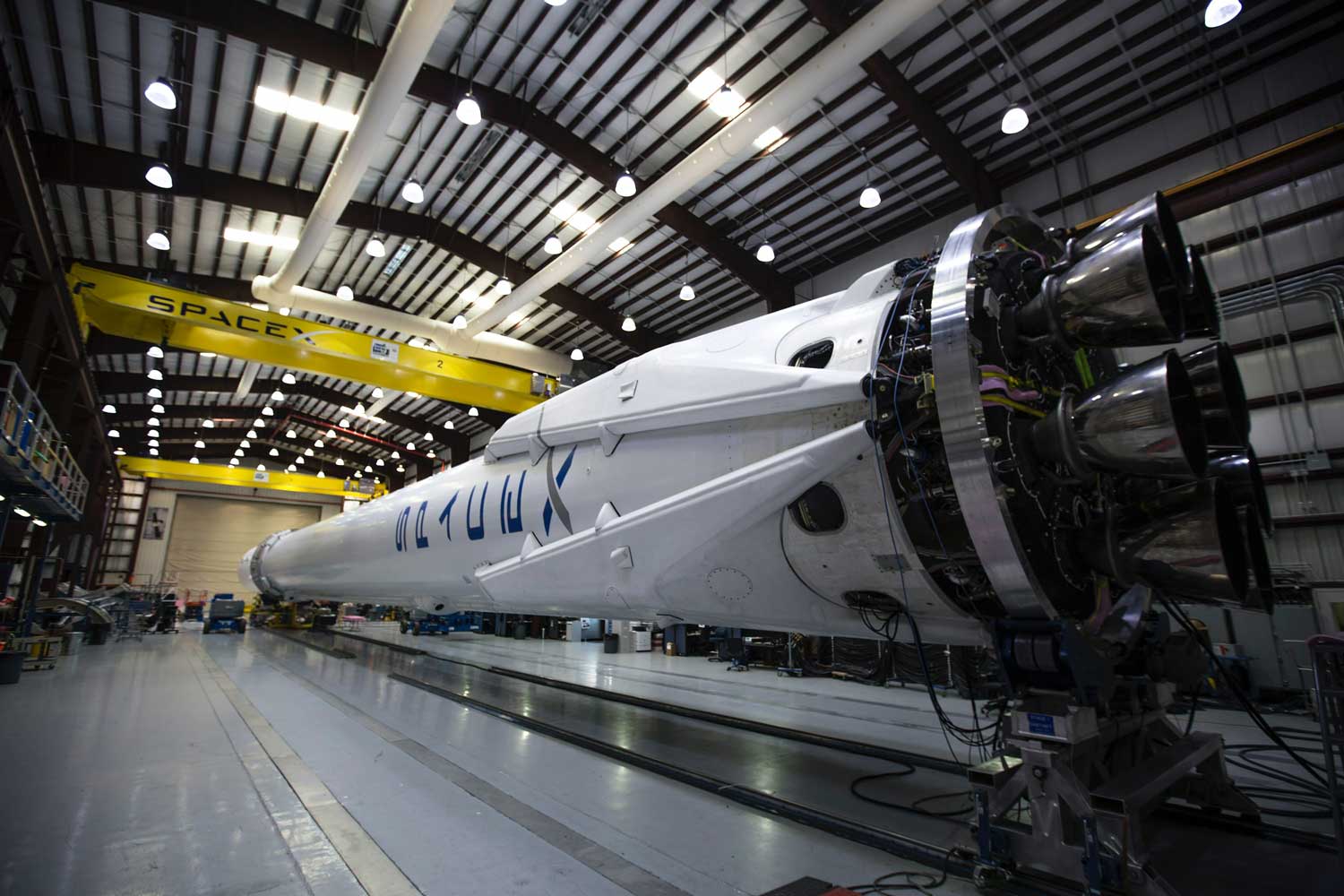The cost-effective rate for employing skilled labor is one of the most attractive factors weighing the decision of many companies looking to locate their manufacturing to Mexico. But there’s more to the story that secures Mexico a spot as an ideal choice for finding skilled labor.
Data indicates that the number of individuals entering the workforce in Mexico far outpaces the number of individuals reaching retirement age and will continue to do so for the foreseeable future. As U.S., Chinese, German and other companies face skilled labor shortages in their home markets, Mexico remains in an excellent position to recruit and train new workers for years to come.
Mexico is a solution to the worldwide labor shortage
Concern over skilled labor shortages have made headlines worldwide. In the United States, a 2018 report from Deloitte and the Manufacturing Institute noted that rapid manufacturing demand may lead to an estimated 2.4 million positions unfilled between 2018 and 2028.
Meanwhile in Germany, a Deutsche Bank report indicates that a strong manufacturing sector has led to a 38% increase in vacancies in 2018 compared to the previous year. “Signs are increasing that skilled labor shortages in Germany are gradually turning into a bottleneck for growth,” the report notes.
And in China, government data reveals that the country’s workforce has been on the decline since its peak in 2011. The Chinese Academy of Social Sciences reports that China’s population will start to decline in 2030, and that the decline is “bound to cause very unfavorable social and economic consequences” in the rapidly aging society.
In this regard, Mexico is an anomaly. Mexico’s population is currently increasing at a rate of 1.3% annually and is projected to remain stable or increase over the next several years. While the birthrate in Mexico has begun to fall, a typical trend as prosperity in a region increases, overall incoming workers are projected to be sufficient to offset those retiring. Data indicates that the median age in Mexico will rise from 27.9 years to 31.2 years by 2025.
China’s rate of population increase is projected to fall to 0.20% by 2025, with a median age of 40.6 years. In the United States, experts project a decline to 0.70% and an increase to a median 39 years old for workers by 2025. And Germany’s median average age of 40.6 by 2025 will be 47.1 years old.
Mexico-based companies can rest assured that they will be able to find ample skilled technical labor for years to come.
Keeping pace with affordable wage growth
The demographic forecast in Mexico helps to moderate wage growth. With its growing labor force — and, consequently, competitive employment market — Mexico is also able to keep wages relatively cost-effective.
While salary increases are greater in Mexico than in the United States and Europe, they are much lower than China where demographics are reducing the workforce. Data indicates that between 2008 and 2016, annual rise in wage settlements averaged a compound rate of 5.3% (in Pesos); the compound rate of inflation for the same period was 4.5%. During the same period in China wages rose a compounded 23.3% annually based on the local currency.
The World Bank forecasts Mexico’s annual GDP growth at slightly more than 2.4% for the next three years. Allowing for a relatively conservative rate of slightly more than 1% annual productivity growth, organizations can expect the organic increase in the labor market to keep pace with economic demand for labor.
Finding labor with technical skill
Companies looking for a steady supply of skilled workers, well versed in manufacturing, need look no further than Mexico. Not only is the labor ready and eager for work, but many of those workers seeking employment have some experience or training in the manufacturing sector. Many young workers grew up around production industry clusters and understand the industry needs and expectations.
And the Mexican youths rising into the employment ranks hold higher education qualifications in larger proportion to older workers; the Organization for Economic Co-operation and Development (OECD) finds that 44% of 25- to 34-year-olds have the same level of higher training as 23% of 55- to 64-year-olds. OECD also finds that Mexico's overall investment in education and vocational training is higher than that of other developed countries. It’s one more advantage for Mexico-based operations that are looking to build a reputation on quality products and technical knowhow.
Companies looking for reliable labor can find the solution in Mexico. Those companies looking for a partner in recruiting that labor can reach out to Tetakawi today.
Subscribe
Sign up and stay informed with tips, updates, and best practices for manufacturing in Mexico.





